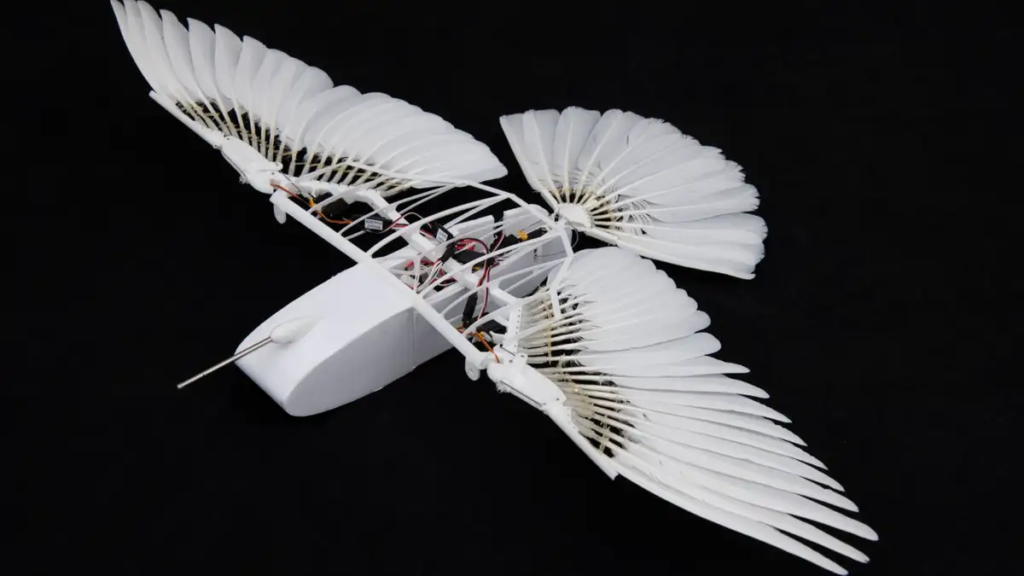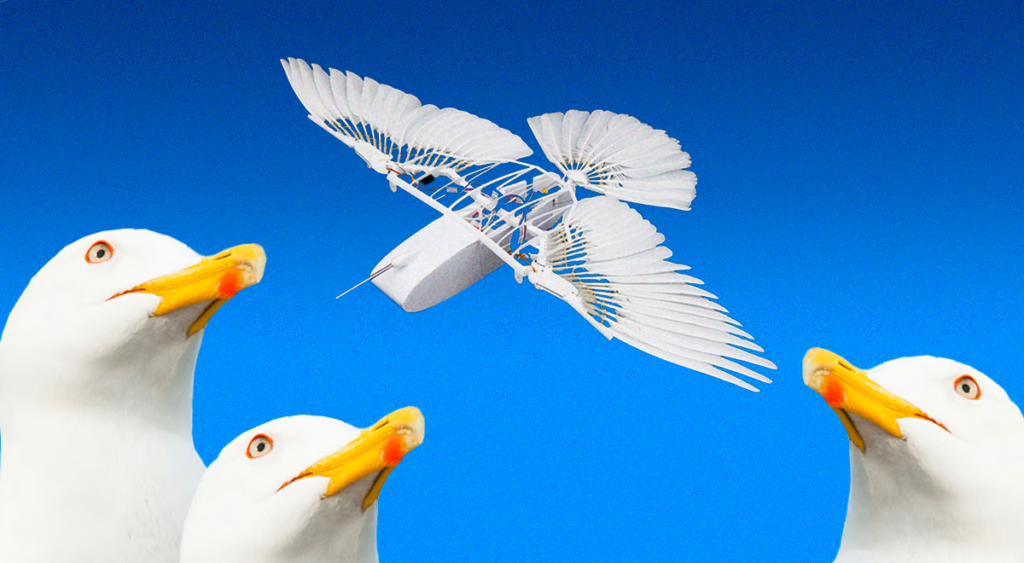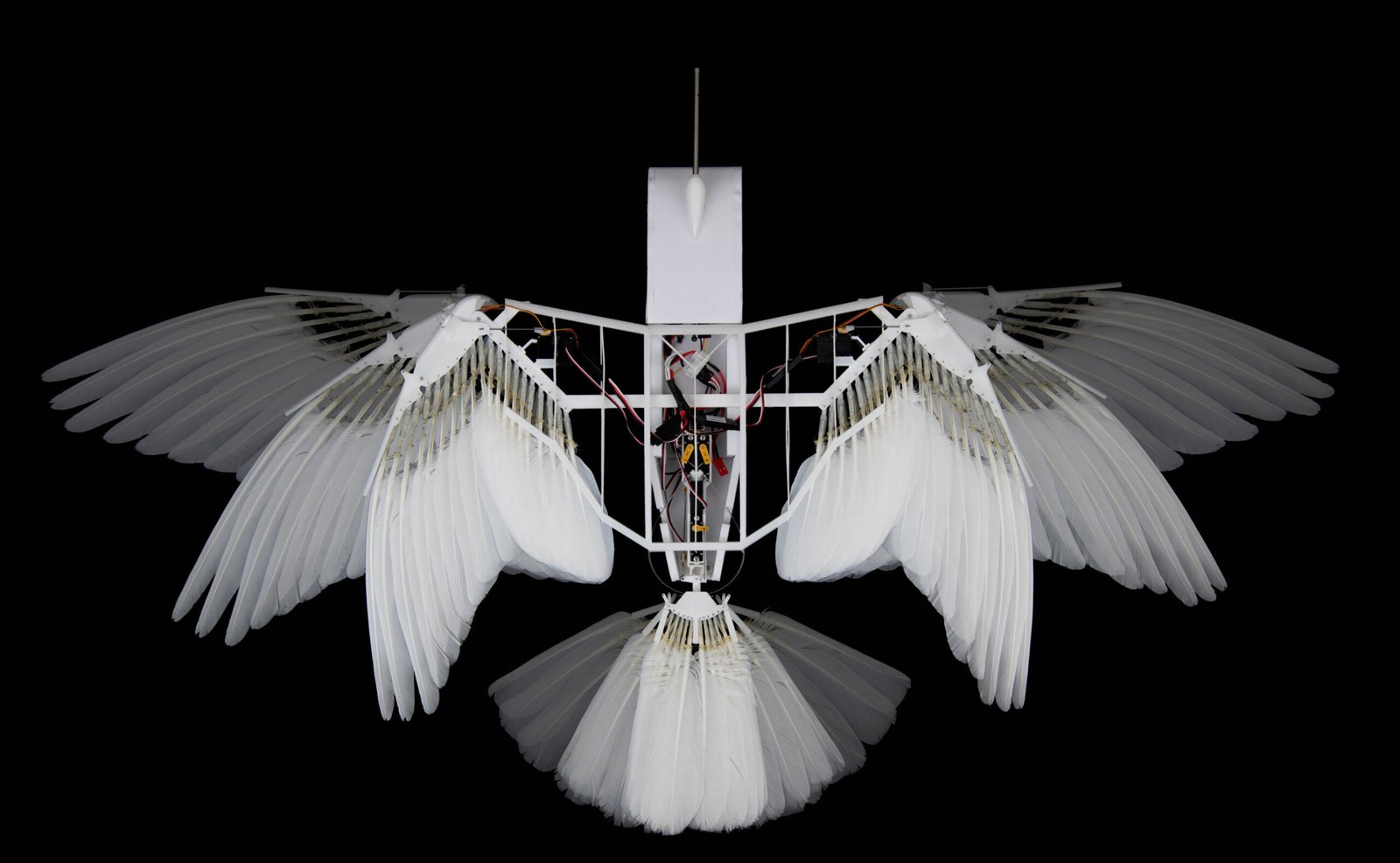Robot Bird Without A Tailfin Flies In The Sky Leaving Everyone In Shock!
In a ground-breaking experiment, a robotic bird has successfully flown without a traditional tailfin, mimicking the flight mechanics of real birds. This exciting development could completely change the future of aviation.
The Birth of PigeonBot II
Developed by David Lentin, a Professor of Biomimetics at the University of Groningen, the robotic bird, called PigeonBot II, uses real pigeon feathers and advanced algorithms. These allow it to replicate how birds naturally adjust their wings and tails during flight. Unlike airplanes, which rely on a stabilizing vertical tailfin, the PigeonBot II proves that birds can fly without it—thanks to their ability to continuously adapt their body during flight.

The Science Behind the Flight
Lentink’s robotic bird was rigorously tested in both a wind tunnel and in open-air flights. The results confirmed a theory proposed by German scientist Franz Groebbels in 1929. Groebbels suggested that birds could maintain flight stability without a tailfin—a concept that had been nearly impossible for aviation engineers to replicate… until now.
What This Means for Aviation
This new approach could lead to more efficient and fuel-saving aircraft designs. The absence of a tailfin could also reduce radar visibility, which could be a game-changer for military aircraft, offering enhanced stealth capabilities. The European Airbus group has already started exploring these possibilities.

Looking Ahead
Lentink’s breakthrough opens the door to a future where aircraft are not only more fuel-efficient but potentially quieter, faster, and even stealthier. This could revolutionize both commercial and military aviation, making the skies a whole lot more innovative.







